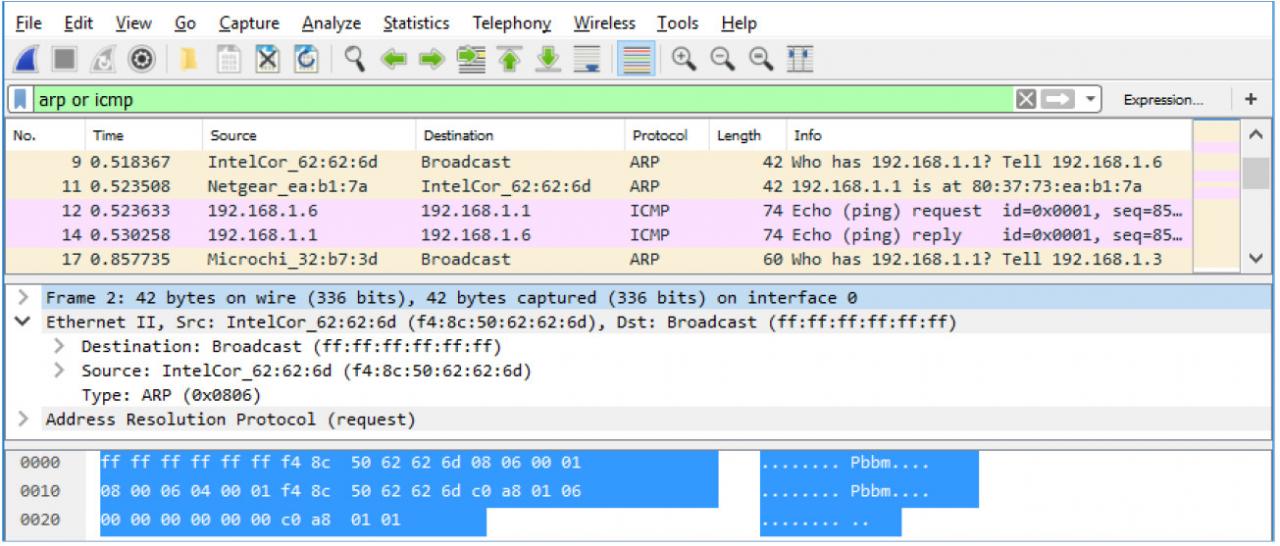

After successful installation of Dnsmasq on your Proxmox server you can the start to configure DHCP service. I'd assumed it would have DHCP server capabilities, . Click Next at the “ Select Features ” screen. How to check TCP/IP configuration with ipconfig on …. First problem is to get the DHCP option from the DHCP server. For that, click on the “Windows” button and type in “Server …. The openvpn Server itself gets a correct IP from the DHCP Server. NetplanFor this week’s Bionic test blitz I am looking at Netplan! Netplan enables easily configuring networking on a system via YAML files. DHCP clients must be on the same network as the interface on which the server is enabled. If SERVER2 is not displayed, add it to the server pool. This is difficult work, but not impossible with the right access.Cloud Key Dhcp ServerHowever, keep in mind that if your …. Lose any critical information along the way and the chain breaks and decryption ceases to be possible until a full, unencrypted authentication takes place. Watch, though, session timeouts on certain platforms - the subsequent EAPOL exchange after the first may be encrypted so its a daisy-chain type effect: need to decrypt the first, then with that can decrypt the second, and with that key set can decrypt the third, etc. With the PMK (which will likely be different for each client, each time the client does a full re-authentication) and the 4-way EAPOL handshake, you could then decrypt 802.11 traffic. Hope (or force) that DHE is not used for key exchange and need access to server private key. Capture the EAPOL TLS tunnel traffic (assuming, for instance, the user/password is used with an EAP method that uses TLS, such as PEAP or TTLS) and try to decrypt the TLS tunnel traffic which contains the PMK.From some type of client debug where you can dump the PMK (wpa_supplicant can do this in debug mode with -K).From the WiFi system (would depend on what system you have, and in many cases would not be possible).Capture wired RADIUS traffic between WiFI system and RADIUS server, then decrypt and extract (need RADIUS shared secret).can try freeradius -X and see if keys are shown) RADIUS server, perhaps in debug mode (e.g.You will most likely have to get this from one of several places: This would not be derived from the user/password, but rather is the keying material that is generated after authentication takes place. Use the type: wpa-pskĪnd then paste in the PMK to Wireshark. There is no entry format for ID/Password when trying to decrypt using WPA2-Enterprise.


 0 kommentar(er)
0 kommentar(er)
